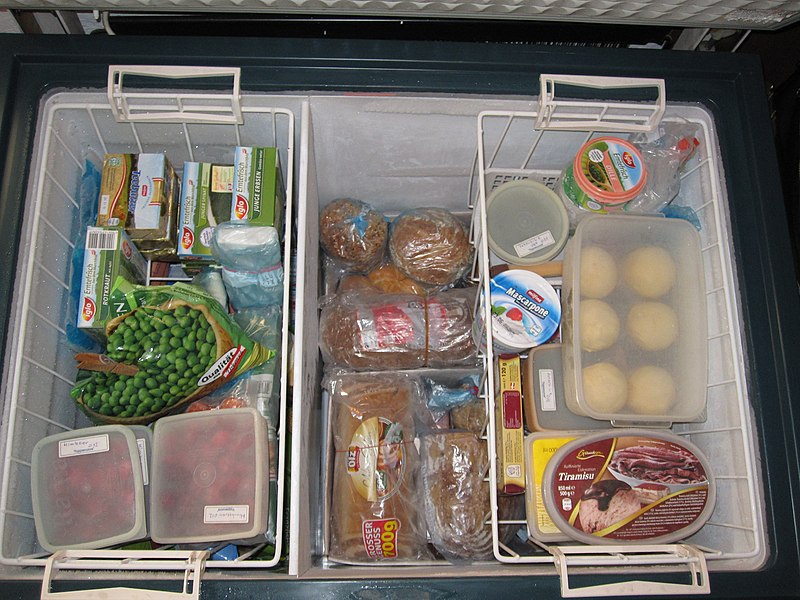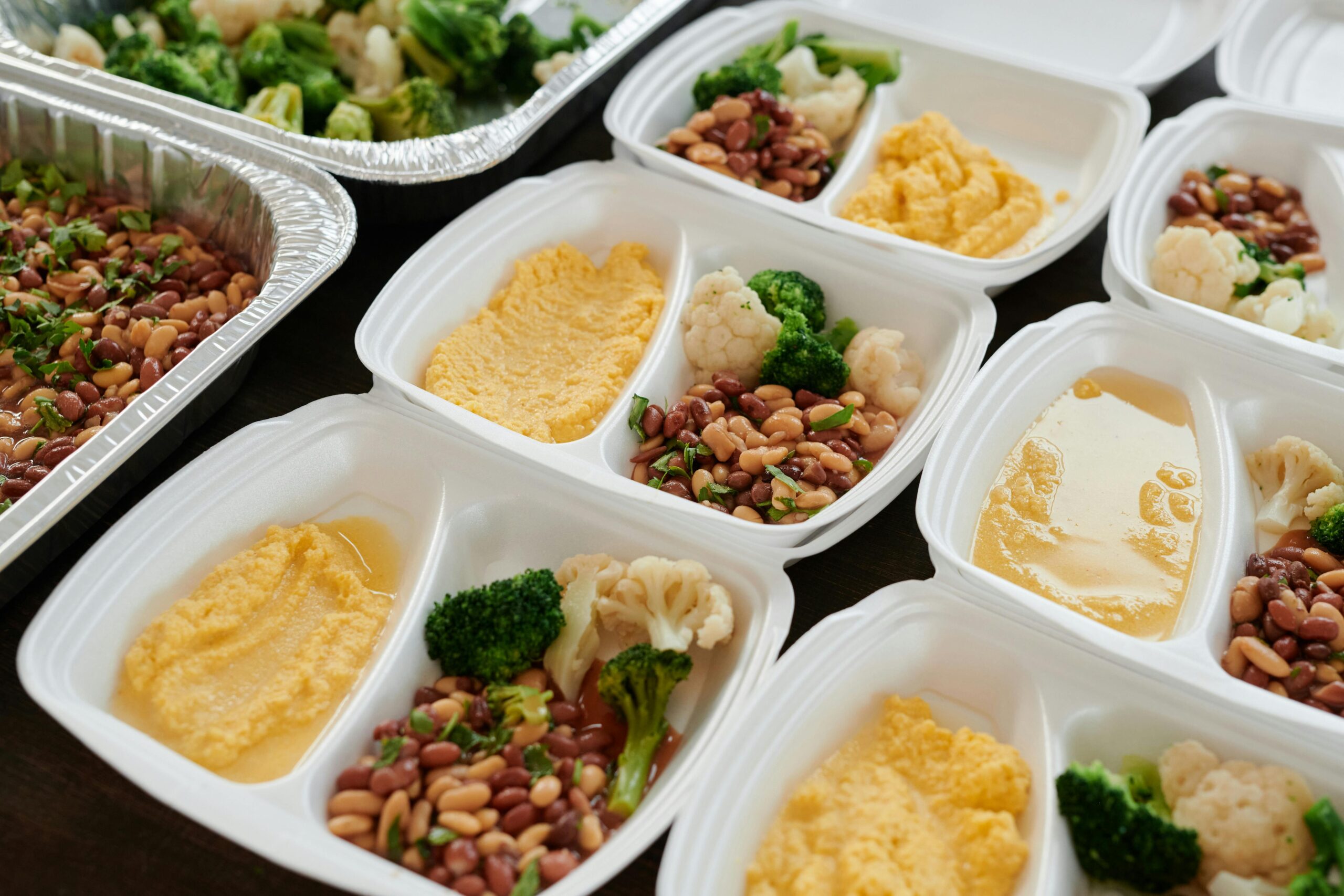Every time you hit the store, it feels like prices have gone up again—but that doesn’t mean you’re stuck eating sad, flavorless meals. With a little strategy, you can keep your grocery bill in check without sacrificing taste or quality. Here are some clever ways to save money on food while still enjoying meals that are delicious, satisfying, and actually worth looking forward to.
1. Shop Seasonally and Locally

Fresh produce can seriously wreck your grocery budget, but there’s a simple hack: buy what’s in season. According to Michael Merschel from The American Heart Association News, in-season fruits and veggies aren’t just cheaper—they’re also fresher and way tastier than the sad, overpriced ones that traveled thousands of miles to get to your store.
Hit up your local farmers’ market for the best deals, or keep an eye out for grocery store sales. If you’ve got a little space (even just a sunny windowsill), try growing your own herbs or veggies. Fresh basil or homegrown tomatoes not only taste better, but they can also save you a ton of cash in the long run.
2. Shop with a Full Stomach

Grab a snack before you hit the grocery store—seriously, it’s a game-changer. Shopping on an empty stomach is basically asking for impulse buys, and next thing you know, your cart’s full of random stuff you didn’t plan for (looking at you, overpriced gourmet cookies). Eating beforehand helps you stick to your list and make smarter choices, which can seriously cut down on your grocery bill.
Science correspondent Brian Handwerk told Smithsonian Magazine that a full stomach makes you less likely to grab those sneaky extras—like that family-size bag of chips or a fancy dessert you totally deserve, but didn’t budget for. Plus, when hunger isn’t calling the shots, you’re more likely to compare prices, pick healthier options, and actually stay on track. A simple habit, but one that keeps both your wallet and your pantry in check!
3. Embrace Store Brands

A lot of people think name-brand products are automatically better, but more often than not, the store-brand versions are just as good—sometimes even identical. Seriously, many store brands are made by the same companies that produce name-brand items, they’re just in different packaging. The cherry on top? They usually cost 20-30% less.
Next time you’re at the store, check out the ingredients and nutritional labels side by side. You’ll probably find that they’re pretty much the same. Start by swapping out a few basics, like canned goods, pasta, or dairy, and see if you notice a difference. Even studies from Consumer Reports show your taste buds likely won’t care, but your wallet definitely will!
4. Buy in Bulk—Strategically

Buying in bulk can save you a ton of cash—up to 25%, according to Magnify Money—but only if you do it right. Staples like rice, beans, pasta, and oats usually cost way less per ounce when you buy the big bags. The catch? It’s only a deal if you actually use it all. Otherwise, you’re just throwing money (and food) away.
Stick to bulk buys for pantry staples, frozen foods, and long-lasting essentials like flour, nuts, and spices. And if you’re short on storage, team up with friends or family to split bulk purchases. That way, you get the savings without having to figure out where to stash a year’s supply of peanut butter.
5. Get to Know Your Freezer

Your freezer is basically a secret weapon for saving money. The New York Times reports that freezing leftovers, meat, produce, and even dairy helps stretch the life of your groceries and cuts down on waste. Scored a killer deal on chicken, cheese, or fresh veggies? Stock up and stash them in the freezer—you’ll thank yourself later.
Meal prepping and freezing food in advance also makes it way easier to skip pricey takeout when you’re too tired to cook. Chop and freeze herbs, blend overripe fruit for smoothie packs, and portion out leftovers for easy future meals. A well-stocked freezer means fewer last-minute grocery runs and more money in your pocket.
6. Use Cash-Back and Coupon Apps

No need to mess with old-school paper coupons (unless that’s your thing). These days, cash-back apps like Ibotta, Fetch Rewards, and Rakuten make saving money almost effortless. You can get cash back on everyday grocery purchases—sometimes on stuff you were already planning to buy anyway.
Before you shop, do a quick scan for deals on items you need. After checkout, just snap a pic of your receipt and watch the rewards roll in. Those little savings add up faster than you’d think, and you can cash them out for gift cards or straight-up money in your account. It’s basically like getting paid to buy groceries.
7. Plan Your Meals Like a Pro

Meal planning isn’t just for the ultra-organized— according to Everyday Health it’s a game-changer for saving money and cutting down on food waste. When you plan your meals for the week, you know exactly what to buy, which means no more impulse purchases or random ingredients that end up forgotten in the back of the fridge. Plus, it helps you use what you already have, so you’re not constantly buying new stuff.
Set aside a few minutes each week to map out your meals and make a shopping list based on that plan. Check out store sales and seasonal produce to get the best deals. Then, stick to your list when you shop—no more grabbing overpriced snacks just because they look good in the moment. A little planning means less waste, fewer last-minute takeout splurges, and more money left in your bank account.
8. Cut Down On Meat (And Save The Planet)

Meat is usually the most expensive part of a meal, so cutting back (even just a little) can seriously shrink your grocery bill. No, you don’t have to go full vegetarian—just stretch your meat by mixing it with beans, lentils, or veggies. Dishes like chili, stir-fries, pasta, and casseroles make it easy to use less meat without missing it.
Another pro move? Opt for cheaper cuts, like chicken thighs instead of breasts, or tougher cuts of beef that turn melt-in-your-mouth tender when slow-cooked. Buying in bulk and freezing portions for later can also save you a ton. Small swaps, big savings.
9. Avoid Pre-Cut and Pre-Packaged Convenience Foods

Pre-cut fruit, bagged salads, and individually wrapped snacks might save you time, but they’re also draining your wallet. Convenience comes at a price—sometimes double what you’d pay if you just bought the whole ingredients and prepped them yourself.
Skip the markup and DIY it instead. Buy whole produce and chop it at home, grab a block of cheese instead of the pre-shredded stuff, and cook a big batch of rice or beans instead of those pricey microwave pouches. A little extra effort goes a long way when it comes to saving money.
10. Learn to Love Leftovers

Leftovers get a bad rap, but they’re actually a total win for your time and your wallet. Cooking extra portions means you get a second meal with zero extra effort, and you’re not tossing perfectly good food (aka money) in the trash.
Not into eating the same thing twice? No problem—just remix it! Turn last night’s roasted chicken into tacos, toss extra veggies into a stir-fry, or throw leftover pasta into a frittata. With a little creativity, leftovers go from “ugh” to amazing.
11. Set a Grocery Budget and Track Your Spending

If you’re not tracking your grocery spending, it’s way too easy to go overboard without even noticing. Set a monthly budget and actually check your receipts—you might be surprised where your money is going.
Apps like Mint, YNAB, or even a basic spreadsheet can help you keep tabs on your spending. Once you see your habits laid out, it’s a lot easier to spot where you can cut back and save without sacrificing the good stuff.
12. Skip the Grocery Store Once in a While

Try skipping your usual grocery run and challenge yourself to use what’s already in your kitchen. A “pantry challenge” week can spark some serious creativity in the kitchen and save you money at the same time.
Before heading to the store, take inventory of your fridge, freezer, and pantry—you might be surprised at how many meals you can throw together with what you’ve got. It’s a fun way to cut down on waste, stretch your budget, and finally use up that random can of beans that’s been sitting there forever.
This article is for informational purposes only and should not be construed as financial advice. Consult a financial professional before making investment or other financial decisions. The author and publisher make no warranties of any kind.








